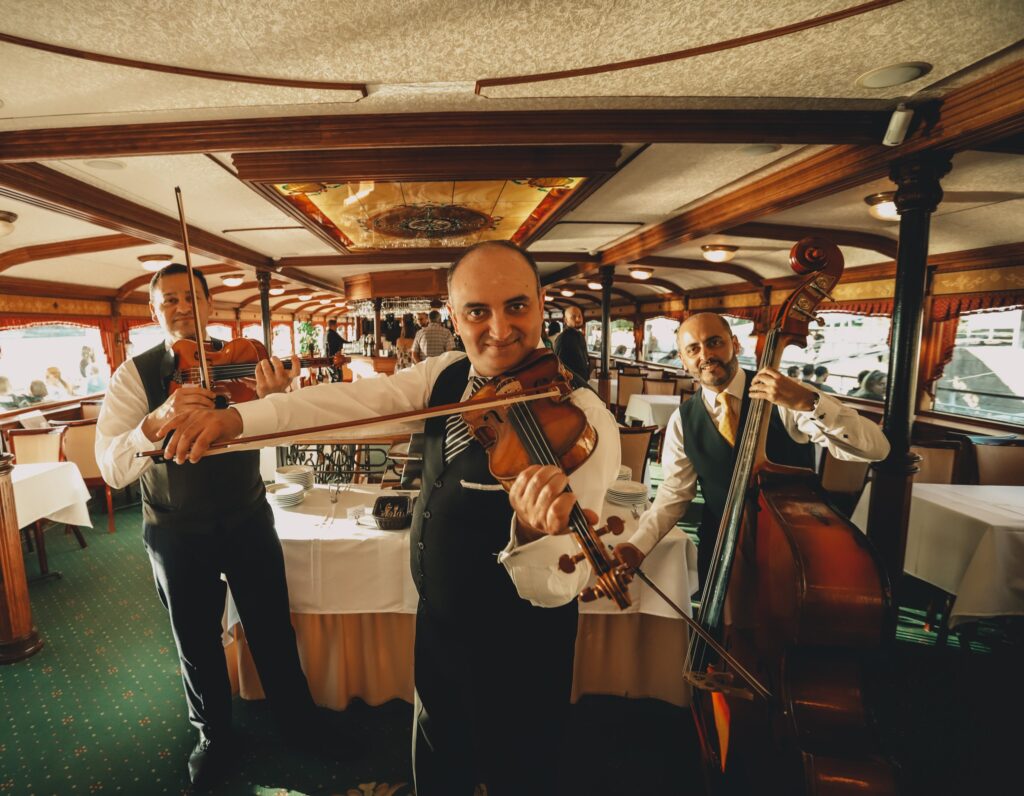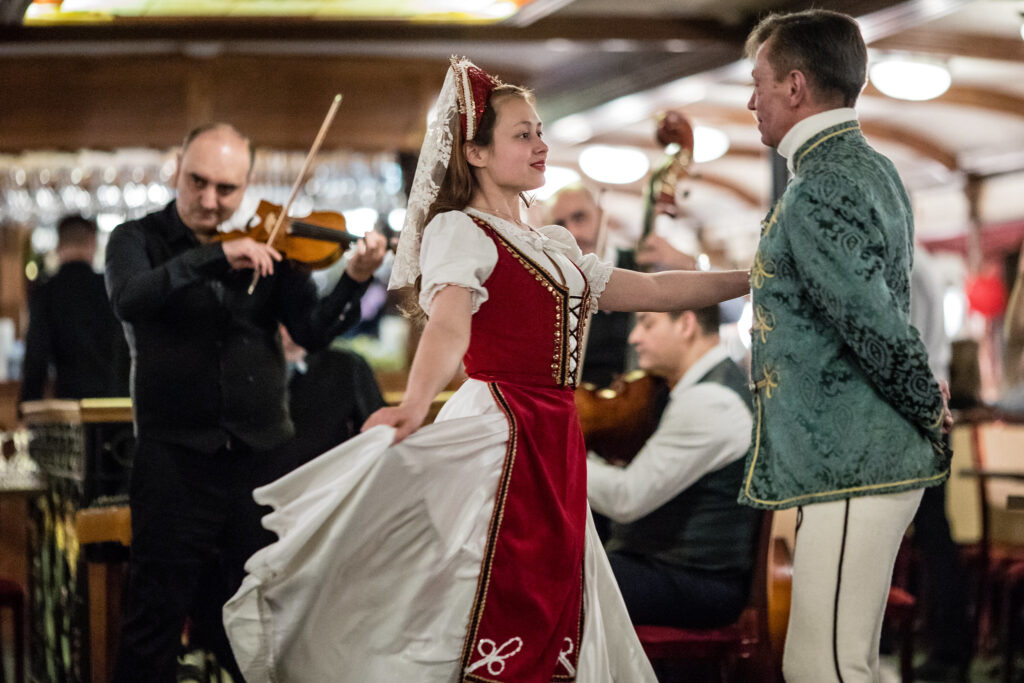
The Gróf Széchenyi: A Living Legacy on the Danube
Discover the Gróf Széchenyi: Budapest’s Pioneering Diesel-Electric Event Boat
Check out Part 1 HERE!
The “Gróf Széchenyi,” previously known as the STADT PASSAU, is more than just a boat; it is a living museum and a vibrant venue that continues to play a significant role in Budapest’s cultural and maritime heritage. This article, the second in our series, delves into the contemporary significance of this historic vessel, exploring how it serves as a unique venue for events and an educational platform that highlights Budapest’s rich riverine history.
The Legacy Continues: Gróf Széchenyi Today, A Revival of Maritime Elegance
Today, the “Gróf Széchenyi” is celebrated not only for its historical value but also for its functionality as Budapest’s only operating paddle wheeler with two decks. Capable of hosting up to 400 guests, the boat has been meticulously restored to reflect the opulence once associated with the grand steamboats of the Danube. Its interiors, adorned with lead glass and bronze chandeliers, transport visitors back to a time of luxury and innovation on the river.
A Premier Venue for Diverse Events
The “Gróf Széchenyi” has successfully transitioned from a transport vessel to a sought-after location for a variety of events. From corporate functions and private celebrations to cultural gatherings and educational tours, the boat offers a unique backdrop that combines historical ambiance with modern amenities, ensuring every event is both memorable and majestic.
Educational and Cultural Significance: Connecting with the Maritime Past
One of the most significant aspects of the “Gróf Széchenyi” is its role in education. Visitors to the boat can explore the original engine room and witness the operational paddle wheels—features that not only highlight the engineering advances of the past but also provide a hands-on learning experience about the evolution of ship propulsion technologies.
Preserving and Promoting Riverine Heritage
The ongoing maintenance and operation of the “Gróf Széchenyi” are vital for keeping Budapest’s maritime history alive. By allowing people to interact with this historical vessel, the city ensures that its naval heritage is not only preserved but also celebrated. This engagement helps to foster a deeper appreciation for the technological and cultural milestones achieved in the region’s shipbuilding industry.
In conclusion, the “Gróf Széchenyi” embodies the spirit of Budapest’s riverine history, serving as both a guardian of the past and a gateway to new experiences along the Danube. As this series concludes, it is clear that the “Gróf Széchenyi” remains a testament to the enduring legacy of innovation and elegance in shipbuilding. Whether as an educational tool or a venue for celebration, the “Gróf Széchenyi” continues to make waves in the heart of Budapest.
Check out Part 1 HERE!







